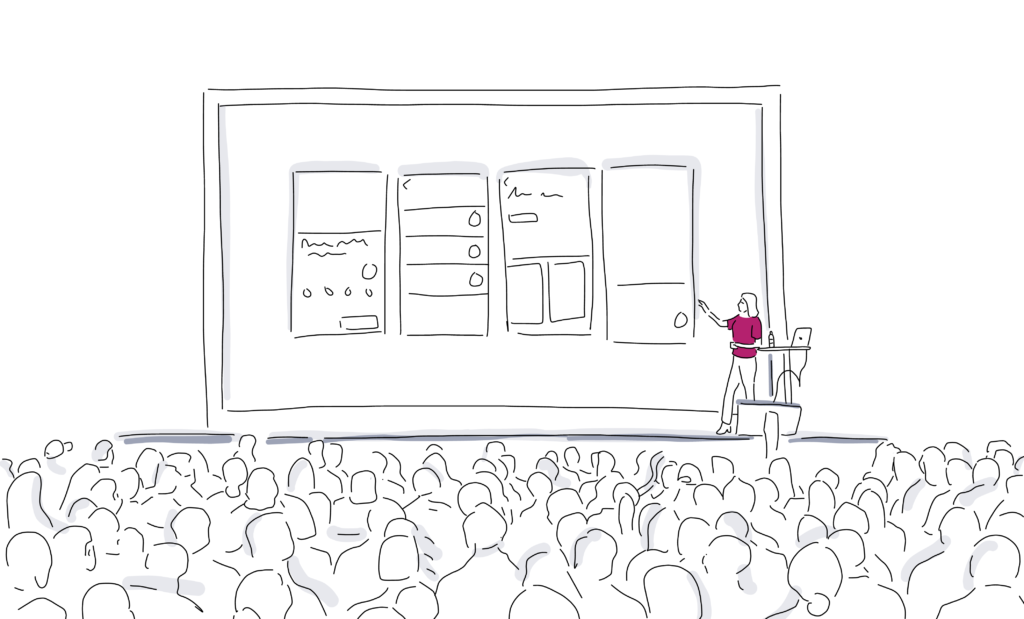
Tips Tuesday: 14 Ideas for Outstanding Conference Catering
Organizing food and beverage at multi-day conferences is a massive undertaking. And making sure the catering at these events is delicious and memorable from the welcome breakfast to the closing gala is no easy task.
Read on for tips and tricks to elevate your conference catering. We start with strategic and organizational decisions that make sure the coffee is always fresh and the hot buffet food tastes as appetizing as it looks. Then we move on to creative F&B ideas that attendees will remember, and possibly even return for year after year.
Elevate Your Conference Catering 14 Ways:
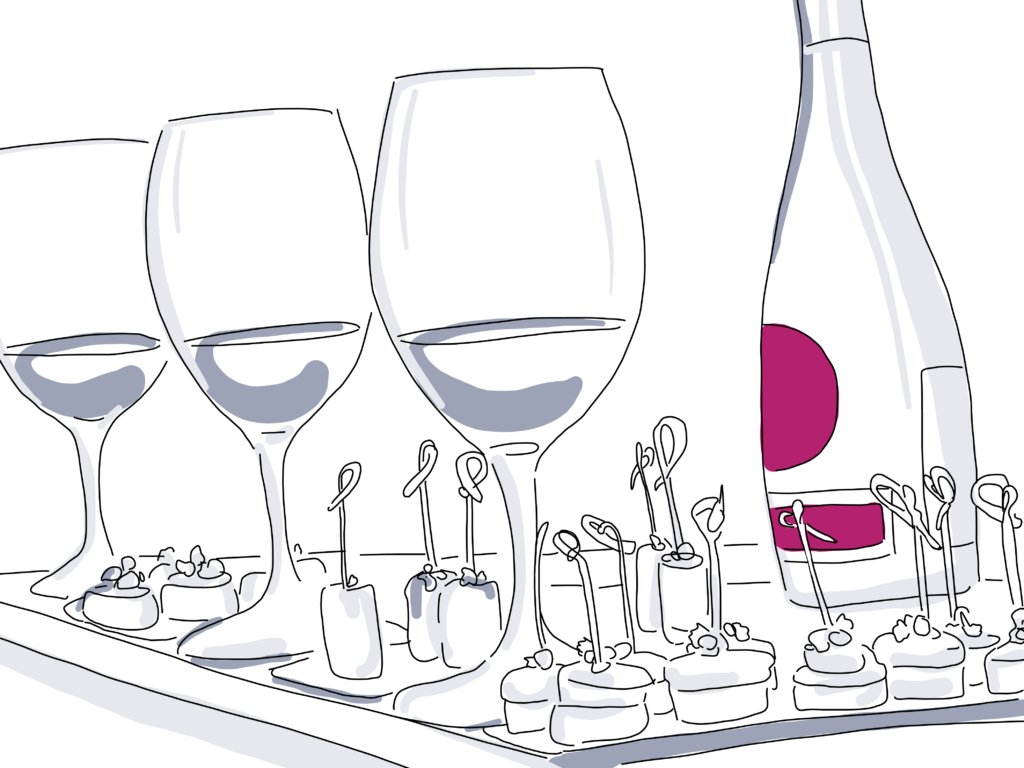
1. Ensure your F&B vendors have conference catering experience.
Don’t rush out and hire a famed local restaurant for a 100-person networking luncheon. If they don’t have event experience, this won’t work out in your favor “ the food will likely be late, slapdash, and unimpressive.
Explore caterers who are regulars providers for your conference venue, but don’t stick with them alone. They aren’t always the best options and are sometimes used out of habit and connections to the venue. Check their online reviews and research F&B vendors known for outstanding conference catering in the region”even if they haven’t provided for your particular venue.
2. Make a push for early and specific RSVPs to improve your conference catering.
Understanding the likely overall turnout helps enormously with F&B planning, especially for large conferences. But managing the F&B for the small concurrent events during the conference requires RSVPs for each event. Encourage attendees to sign up for breakout groups and networking gatherings as early as possible.
3. Calculate how much food you’ll need throughout the conference event as early as possible.
You already know the drill when it comes to planning how much food you need for an event. But when it comes to multiple events over multiple days, you’ll need to order a wider variety of food and beverages than you’d typically order. For example, if you plan on offering an all-day coffee bar, you’ll need more coffee than the standard 9 gallons per 100 people for breakfast.
Create your menu early, calculate the food, and consider ways to keep your catering costs down as you go along. Pay attention to simultaneous events. For example, if there are two concurrent networking coffee hours on the schedule, you may be able to get a discount from a local donut shop if you order double.
Also plan for F&B during the lulls that occur midday or early afternoon at most conferences. During this time, many attendees will fend for themselves and explore local restaurants. But some will remain behind to catch up with work or enjoy some quiet downtime in the lounge area. Remember them by adding pastries to the all-day coffee hour and let people know the goodies are there with an event app push notification.
4. Break down your F&B events by timing or event location before assigning coordinators.
Your event F&B coordinator cannot be in three places at once, much as they may try. Also, some conference sites are vast. If you assign a coordinator to simultaneous events in the 2.6-million-square-feet McCormack Place conference center in Chicago without some forethought”the problem becomes clear pretty quickly. Your coordinator will get their steps in, for sure, but it’ll be tough to keep guests happy at their respective events.
Once you select your conference venue, get an overview of the space and the event timelines. For large event spaces, assign your coordinators to events happening near each other. For all-day events occurring in smaller spaces, assign your coordinators to morning events or evening events so your staff doesn’t burnout.
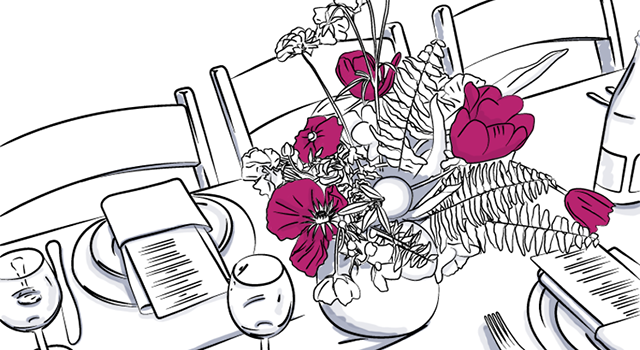
5. Make an event layout for every F&B offering
You know using event management software can help keep large-scale events like conferences well organized and team members on the same page. Use it to full advantage by creating an event layout for every F&B offering planned for the conference.
The best event diagramming tool includes the option to create multiple layouts within a single event. Create a detailed event layout for each event. You can even include the event coordinator’s name in the title so collaborators know who the point person is for different events. For example, you may have a layout titled ˜Journalist Product Launch Preview_Kate.’
Inside the layout, you’ll include details including the location, number of guests, seating arrangements, and known dietary restrictions and food allergies.
6. Plan the conference F&B menu around the agenda.
If the conference includes intense technical workshops in the afternoon, skip the heavy carbs (like pizza, pasta, and breads) and include more lean proteins at lunch. Think steak fajitas, grilled chicken salad, and roasted red pepper hummus wraps.
Cookies and sweets might be great for the afternoon slump if the event will wind down early, but can cause a sugar crash later in the day if the event runs long. Consider fruits, nuts, and veggies for an afternoon break when conferences run to the early evening. Bonus: You’ll be right in line with the trend for event health and wellness offerings at your conference.
7. Create F&B conference experiences that leave a lasting impression.
The food itself might be outstanding, but presentation and guest involvement matter too. Give attendees F&B experiences that engage and delight, and may even spark social shares that extend the reach of your event. Some ideas to get you started:
- Whether the conference has a business or a creative focus, attendees appreciate lively presentations. Chafing dishes on white table clothes is…underwhelming. Get creative with your tablescapes and create eye-catching displays filled with seasonal flower arrangements, greenery, and branded or conference-themed accents.
- Put out pots of fresh herbs such as parsley, basil, chives, and thyme on each table that guests can snip and add to their dishes during a sit-down event.
- Tasting flights don’t always have to be about wine (although this could be a good after-dinner experience). Offer a sample of artisanal donuts for a mid-morning break, or handmade ice cream from a local shop for an afternoon treat.
- Choose one day of the conference to book a few local food trucks for lunch. Provide traditional options like tacos and BBQ, include a unique option (e.g. Thai or Ethiopian food), and round out with dessert (cupcakes, anyone?).
No matter what dynamic F&B options you choose, offer enough variety to make sure everyone enjoys at least one outstanding F&B experience.
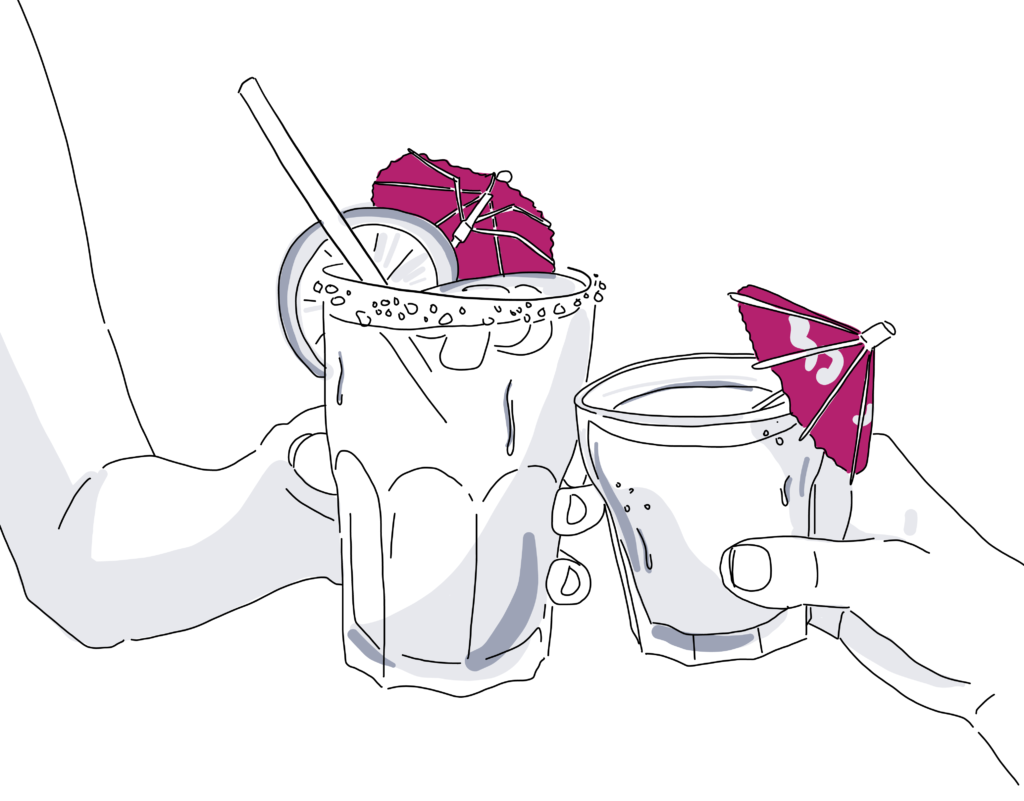
8. Keep some of your conference F&B offerings simple and sweet.
Everyone who gives their well-earned money and time to attend your event deserves a unique F&B experience. But not every event should offer a complex, standout experience. This becomes too much to coordinate very fast.
A few fantastic and simple F&B offerings to consider:
- A classic popcorn machine. Bring back a feeling of nostalgia. Include plenty of bags so guests can take it with them to meetings or their hotel room.
- A cookie bar. Include the classics (e.g., chocolate chip, oatmeal raisin, sugar). Don’t forget to offer at least one GF, dairy-free option.
- Make-your-own trail mix bar. Offer granola, dried fruits, mini-pretzels, nuts, and chocolate chips. Provide bags (recycled paper is an eco-friendly option), and let people create their own.
9. Bring local offerings into the conference center.
Local food can be a lot of fun. Anyone who’s ever traveled to Seattle has made a point to grab an authentic cup of joe. Both regional and out-of-town groups can appreciate a local specialty if it’s possible to include it on the menu. Whether your conference is in a big city, or just within the same state, bring a hometown vibe by offering:
- Buffalo chicken wings (Buffalo tofu bites for the vegan crowd)
- Chicago deep-dish pizza wedges
- Mini Philly cheesesteak sliders
- Maryland crab cakes
- New Orleans gumbo cups
You get the idea. Go with the regional specialty!
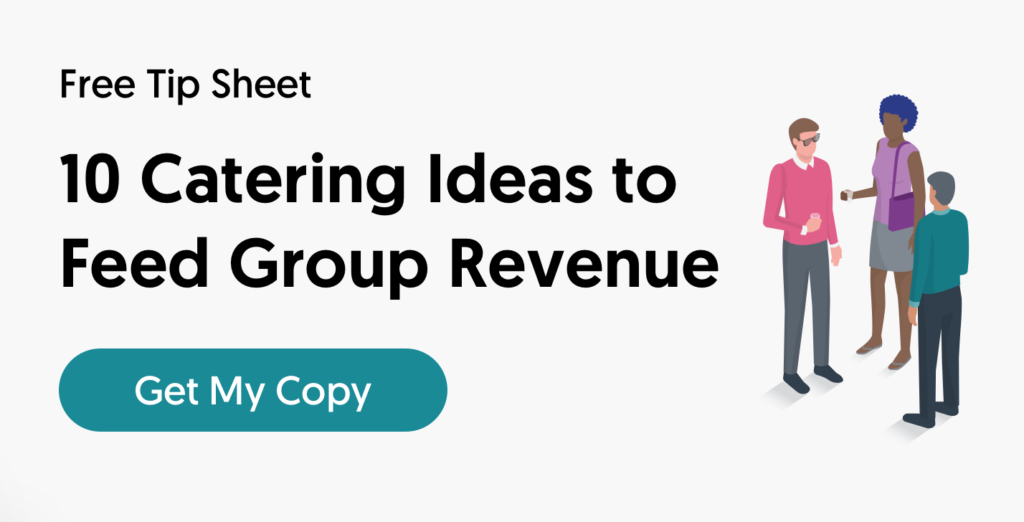
10. Offer options for attendees with dietary restrictions, food sensitivities, and allergies.
Work with the catering team to ensure that the allergen-free or vegetarian options don’t seem like an afterthought. Simply putting out a tossed salad and calling it vegan isn’t good enough. You want tasty options that can please every palate, no matter how particular that palate may be. And don’t forget the dairy-free and allergen-free milk substitutes at the coffee station. You may not be able to cover everyone’s needs, but a good starting point is setting out almond milk and coconut milk.
This guide to managing food allergies and dietary restrictions at events is a good one to keep bookmarked.

11. Make it easy for attendees to stay hydrated at all times at the conference.
Hydration is always important at any event. It helps increase brain function by helping you think, focus, and stay alert. Even mild dehydration can cause cognitive impairment, moodiness, and fatigue. Offer up plenty of H2O so that everyone can get the most out of their day.
Keep in mind that not everyone is a fan of plain water. Provide flavored water that will appeal to attendees by adding fresh mint and cucumbers, sliced strawberries, or watermelon chunks. Not only do they taste great, they provide extra refreshment. Have water stations available at all times throughout the event.
And don’t forget the ice.
12. Set up an all-day coffee and tea bar in a centralized location at the conference.
Everyone appreciates a good cup of coffee (or three) in the morning, but many people drink it throughout the day. All-day coffee and tea stations can be lifesaving, especially when you provide a range of options that appeal to everyone. Offer full caffeine and decaf options for both coffee and tea, and add a few herbal teas for extra appeal. When it comes to add-ins, don’t skimp on the half-and-half, vanilla creamer, and almond milk. Offer a couple of flavored syrups and sugar-free options to sweeten the deal. And never underestimate the delight that a sprinkle of cocoa powder or cinnamon can bring.
Plan your set up carefully to ensure the coffee bar doesn’t interfere with the flow of traffic within the space.
13. Make all the F&B stations as environmentally friendly as possible
Everyone is looking for ways to reduce their carbon footprint. Conference F&B planning should include planning for a way to reduce the stream of disposables heading to the landfill. Here are some key tips for eco-friendly F&B:
- Choose caterers who use eco-friendly best practices.
- Provide disposable plates, cups, and utensils that are compostable and/or made from recycled materials.
- Increase the number of meatless offerings in every menu.
- Establish a composting plan for organic food waste.
Learn more clever ways to keep your overall event sustainable.
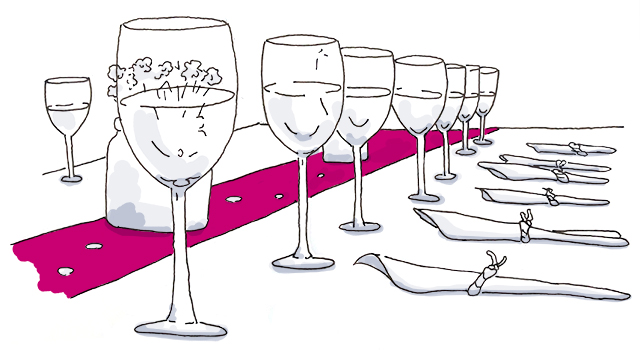
14. Be generous with your leftovers so they don’t go to waste
Did you know that 72 billion pounds of food is wasted each year? With so much food served over several days, you’re likely to have leftovers to contend with. Instead of tossing everything into the trash and adding to that number, consider a more sustainable option.
Allow attendees to take leftovers home at the end of each conference day with eco-friendly to-go containers. This can be especially helpful for out-of-town guests who can take dinner or a snack back to their hotel room. Reach out to local homeless shelters or local organizations for the needy who could use your leftovers to feed a crowd. Leftovers can also be distributed to support staff at the venue (as well as your team) who work so hard to help the event become such a success.
Catering at events can be lackluster at times. Follow the above tips and your conference F&B can provide memorable offerings that elevate the experience for guests and support the event goals.

Now You’re Ready to Bring Amazing Conference Catering to Life!
Keep your conference layout under control and attendees moving in the right direction using a good free event planning tool. If you need even more event inspiration, discover a few uncommon ways to plan your event when you’ve run out of ideas.

